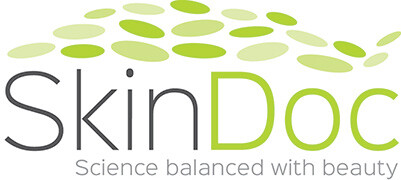Acne Scars- One of the hot topics discussed at the ACD 2019
What are the risk factors for acne scarring?
Severe acne
Duration of acne more than 12 months
Family history of acne scarring
Acne picker
How are acne scars classified?
It is based on the severity and type. Atrophic scars are the commonest. Other types include rolling, ice pick, boxcar and hypertrophic. Most have a mixture of these scars.
Are there any other types of acne scars?
Flat white scars called follicular macular atrophic scars are found on the chest of females.
What treatments are available?
Treatments can be divided into energy-based modalities and these include ablative fractionated laser such as Erbium YAG and CO2 laser and non-ablative laser such as picolaser including Cutera Enlighten using MVA cap. Other options include fractionated radiofrequency such as Secret RF.
Non-energy based treatments include subcision, punch excision, chemical peels using CROSS technique (chemical reconstruction of skin scars), micro-needling using Dermapen and fillers.
Which procedure is best for your acne scars?
The optimal management is best devised by a dermatologist. Tethered rolling scars can be treated with subcision. Chemical peels such as 35% TCA up to 100% TCA can be used on small boxcar or deep ice pick scars. Fillers are useful for atrophic scars not boxcar scars. Sculptra has also been used for acne scars. The effects of dermal fillers and Sculptra will generally last up to 2-3 years. In contrast the effects of laser are permanent.
How do non-ablative fractionated lasers work in acne scarring?
Sciton Joule is an Erbium YAG laser which creates microthermal zones of coagulation and necrosis (cell death). Cutera Enlighten causes light-induced optical breakdown and cavitation and is best used in atrophic scars. In contrast Erbium YAG can be used in all types of acne scars.
Are
there any other treatments for acne scarring?
Yes. Steroid or 5FU injections can be given for
elevated scars (hypertrophic and keloidal scars). Pulse dye laser or long
pulsed 1064nm YAG such as the ClearScan YAG on the Sciton Joule platform can be
used for red scars.
Dermasanding using old fashion sandpaper has also been used in sanding down acne scars!
Cryotherapy can also be used for thickened acne scars (hypertrophic scars).
In summary, the management of acne scarring is complex and a management plan is best devised by a dermatologist. Most people need more than one treatment modality.
All the above can be done at SkinDoc. If you have acne scars consult a dermatologist. In Australia you will require a referral from your local doctor. All dermatologists in Australia will have FACD as their specialist qualifications.
